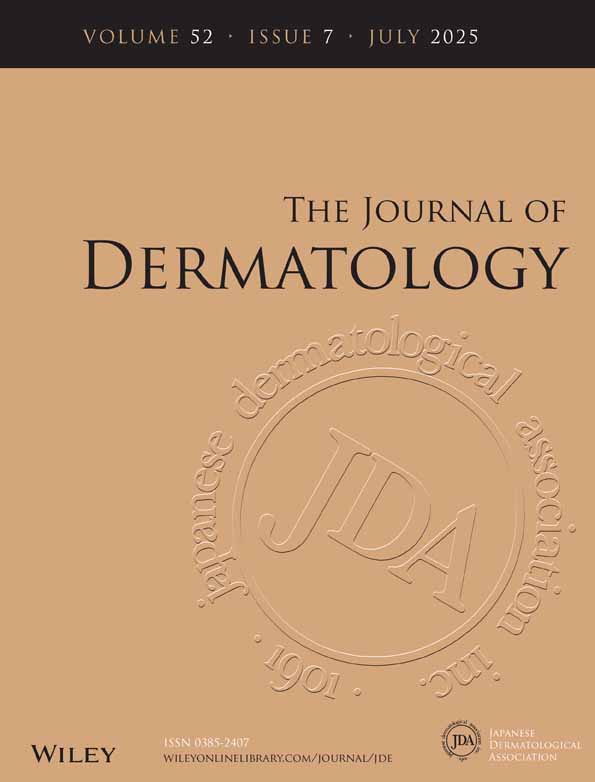Bleaching Phototrichogram: An Improved Method for Hair Growth Assessment
Abstract
The phototrichogram (PT) is a non-invasive tool for monitoring hair growth in vivo. However, the majority of PT techniques are of little use to clinicians bacause they are time-consuming and/or difficult to perform. Consequently, there is a need for an easy and time-saving PT technique. This study was performed to evaluate the accuracy and availability of a modified PT, bleaching phototrichogram (BPT), by comparing it with the conventional phototrichogram (CPT). Ten healthy male volunteers (age range 26–33 years) comprised the study subjects. Hairs were clipped from two adjacent circular areas in the occipital region of each subject. The clipped hairs in the first area were bleached and photographed two days later. The second area was photographed just after clipping and two days later. In each area, the following biological parameters of hair growth were analyzed; 1: hair density (number/cm2), 2: anagen hair ratio (%), 3: linear hair growth rate (mm/day), 4: non-vellus hair ratio (%) and 5: anagen hair thickness (μm). The hair density, anagen hair ratio, linear hair growth rate, and anagen hair thickness by BPT were similar to the CPT values with no significant differences, although the non-vellus hair ratio by BPT was higher than the CPT value. The BPT has a higher clinical usefulness than the CPT because it saves much time with satisfactory accuracy.




